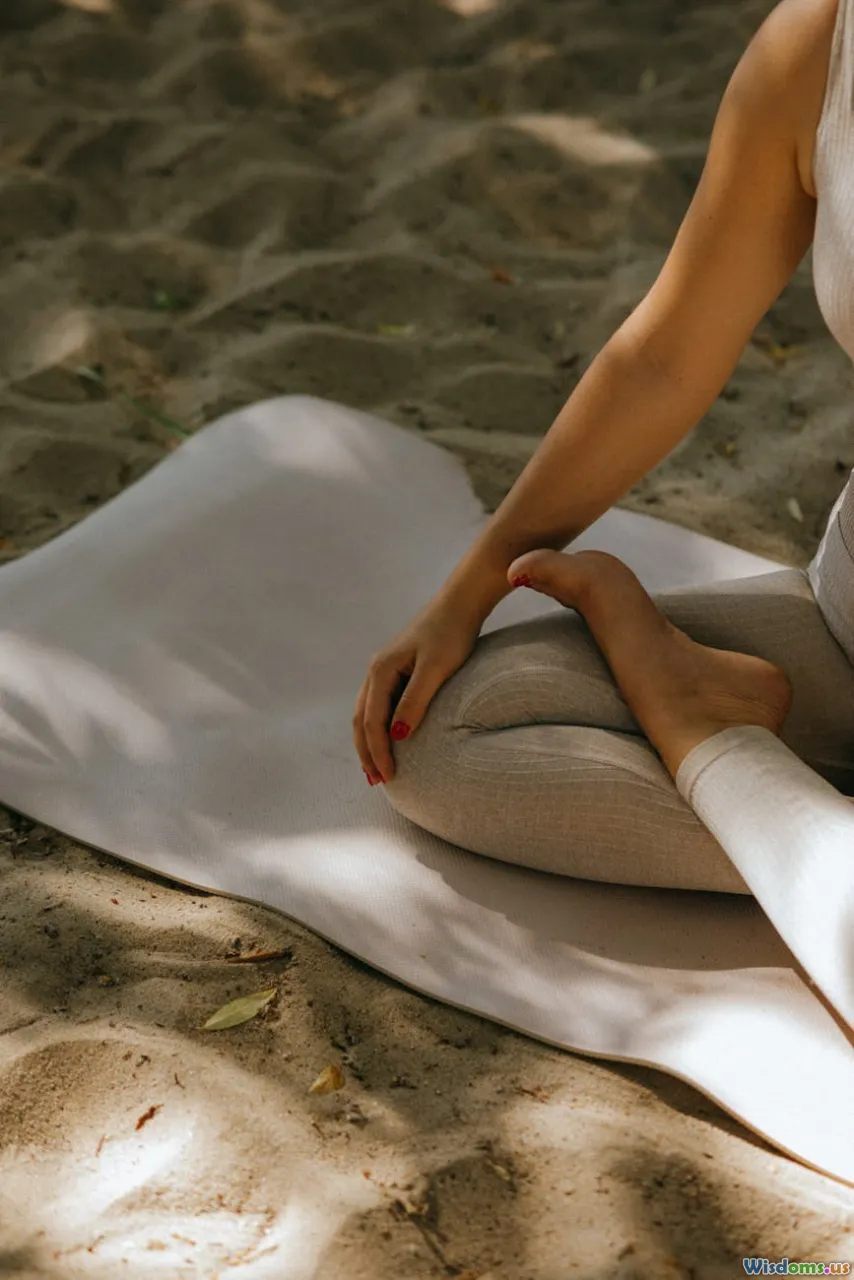
Outdoor Workouts: A Guide
6 min read Explore the benefits and tips for effective outdoor workouts to enhance your fitness regime and embrace nature. (0 Reviews)
Outdoor Workouts: A Guide
Outdoor workouts are gaining popularity as more individuals seek to combine fitness with the beauty of nature. This guide explores the various types of outdoor workouts, their benefits, tips for getting started, and safety considerations to ensure you have an enjoyable and effective exercise experience.
Why Choose Outdoor Workouts?
1. Connection with Nature
Exercising outdoors allows you to immerse yourself in nature, which has been shown to reduce stress and improve mood. The sights, sounds, and smells of the outdoors can enhance your overall workout experience.
2. Variety of Environments
From parks to beaches and hiking trails, outdoor workouts offer a variety of settings that can keep your routine fresh and exciting. This variety helps prevent workout monotony and keeps you engaged.
3. Increased Vitamin D
Working out outdoors exposes you to sunlight, which is a natural source of Vitamin D. This vitamin is essential for bone health, immune function, and overall well-being.
4. Enhanced Physical Challenges
Nature presents natural obstacles that can enhance your workout. Running on uneven terrain, climbing hills, or doing push-ups on grass can challenge your muscles in new ways, improving strength and coordination.
Types of Outdoor Workouts
1. Running and Jogging
One of the simplest forms of outdoor exercise, running can be done anywhere. Start with a local park or a scenic trail to enjoy the scenery while you build endurance.
2. Hiking
Hiking combines cardiovascular exercise with strength training, especially when navigating hills. It also offers a low-impact workout that can be adjusted to fit various fitness levels.
3. Outdoor Yoga
Practicing yoga outdoors can enhance your focus and provide a serene environment for mindfulness. Look for classes in local parks or practice your own routine in your backyard.
4. Bodyweight Exercises
Utilize outdoor spaces for bodyweight workouts, which can include push-ups, squats, lunges, and planks. Parks often have benches or rails you can use to modify your exercises.
5. Cycling
Cycling is a fantastic way to explore your surroundings while boosting cardiovascular fitness. Whether on a stationary bike at the gym or biking through town, you can enjoy the fresh air while getting fit.
Tips for Effective Outdoor Workouts
1. Dress Appropriately
Wear weather-appropriate clothing and comfortable shoes designed for the activity you are doing. Layering is key in cooler temperatures, while breathable fabrics help in the heat.
2. Stay Hydrated
Outdoor workouts can lead to dehydration, especially in the heat. Always bring water with you, and consider replenishing electrolytes if you plan a long workout.
3. Plan Your Route
Research and plan your workout route ahead of time. Make sure the area is safe, and consider the time of day to avoid extreme weather conditions.
4. Listen to Your Body
Outdoor workouts can be more challenging than indoor ones. Pay attention to your body’s signals and adjust your intensity or take breaks as needed.
5. Incorporate Variety
Mixing up your routine keeps it exciting and helps prevent plateaus. Try different activities weekly, such as running one day and hiking the next.
Safety Considerations
- Beware of Allergies: Be mindful of pollen or other allergens in the environment, especially during spring and summer.
- Sun Protection: Apply sunscreen and wear a hat or sunglasses to protect yourself from UV rays.
- Stay Aware of Your Surroundings: Whether running in a park or cycling on a trail, always be aware of your environment to ensure your safety.
Conclusion
Outdoor workouts provide an excellent opportunity to enhance your fitness while enjoying the beauty of nature. By exploring various activities and following the tips mentioned, you can create a fulfilling exercise routine that keeps you motivated and engaged. So lace up your shoes, embrace the great outdoors, and transform your fitness journey into an enjoyable adventure!
Rate the Post
User Reviews
Popular Posts





















